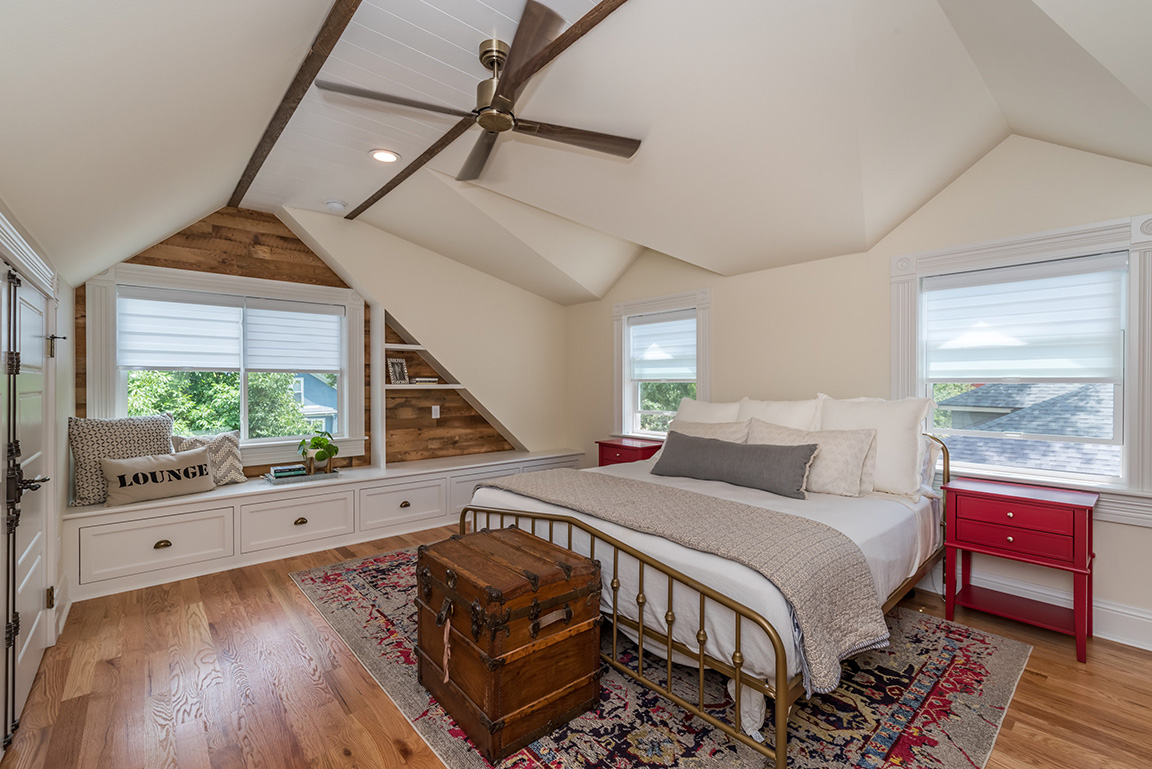During winter, homeowners and real estate developers often face significant challenges with indoor air quality. When the temperatures drop, we tend to keep our windows and doors shut to retain heat, inadvertently trapping pollutants inside. This lack of ventilation exacerbates the problem, making winter a challenging season for maintaining good indoor air quality.

Understanding Why Winter Affects Indoor Air Quality
1. Increased Use of Heating Systems
Winter means the use of heating systems, whether its a furnace, space heater, or fireplace. These systems can emit pollutants like carbon monoxide and particulate matter, which negatively impact indoor air quality.
2. Lack of Ventilation
We close our homes tightly to keep the cold air out. However, this reduces the ventilation needed to disperse indoor pollutants. With limited fresh air entering the home, contaminants build up, leading to poor air quality.
3. Indoor Activities Increase
Spending more time indoors means more cooking, cleaning, and utilizing indoor appliances. These activities can introduce pollutants like nitrogen dioxide, volatile organic compounds (VOCs), and others, further deteriorating the air quality.

Health Implications of Poor Indoor Air Quality
1. Respiratory Issues
Bad indoor air quality can lead to respiratory problems, especially for those with asthma or allergies. Pollutants like dust mites, pet dander, and mold can trigger asthma attacks and allergic reactions, highlighting why winter is bad for indoor air quality.
2. Headaches and Fatigue
Exposure to indoor pollutants can cause headaches, dizziness, and chronic fatigue. Carbon monoxide from heating systems and VOCs from household products are common culprits.
3. Long-term Health Risks
Prolonged exposure to poor indoor air quality can have serious health consequences, including respiratory diseases, heart disease, and even lung cancer.

Common Indoor Pollutants in Winter
1. Carbon Monoxide
Often produced by furnaces and other heating systems, carbon monoxide is a silent killer because its odorless and colorless. It can cause symptoms like headaches, dizziness, and even death in high concentrations.
2. Radon
This radioactive gas can enter homes through cracks in the foundation. Its more likely to accumulate in tightly sealed homes during winter. Long-term exposure can lead to lung cancer.
3. Mold and Mildew
Winter provides the moist, dark environments mold and mildew need to grow. They can produce allergens and irritants that affect health.
Solutions to Improve Indoor Air Quality in Winter
1. Use Air Purifiers
Invest in a good-quality air purifier with a HEPA filter to remove airborne particles. Air purifiers can capture dust, pollen, and other contaminants, improving indoor air quality.
2. Regularly Maintain Heating Systems
Ensure your heating systems are well-maintained. Regular maintenance can prevent the release of pollutants. Install carbon monoxide detectors to monitor levels in your home.
3. Ventilate Your Home
Even during the winter, its crucial to ventilate your home. Open windows for short periods to allow fresh air to circulate. Use exhaust fans in kitchens and bathrooms to remove pollutants generated by cooking and bathing.
4. Keep Humidity Levels in Check
Maintain indoor humidity levels between 30% and 50% to prevent mold growth. Use dehumidifiers if necessary and fix any leaks promptly.
5. Use Natural Cleaning Products
Opt for natural cleaning products that dont release harmful VOCs. Many conventional cleaning products contain chemicals that contribute to indoor pollution.
Preventive Measures for Homeowners and Real Estate Developers
Implementing preventive measures can significantly improve indoor air quality. Homeowners and real estate developers should focus on designing homes with good ventilation systems, using low-emission building materials, and ensuring tight construction practices to prevent radon entry. Green Construction and Recycled Building Materials are excellent strategies to consider.
Role of Real Estate Developers in Improving Air Quality
1. Design Energy-efficient Homes
Energy-efficient homes are not only environmentally friendly but also help maintain good indoor air quality. These homes are designed to minimize the use of heating systems that emit pollutants.
2. Implement Green Building Practices
Using eco-friendly materials and construction methods can reduce indoor contaminants. Green building practices, such as those outlined in our guide to LEED Certification, foster healthier indoor environments.
3. Educate Homebuyers
Real estate developers should educate homebuyers on maintaining good indoor air quality. Providing information on proper ventilation, regular maintenance of HVAC systems, and the use of low-emission products can help homeowners keep their indoor air clean.
FAQ Section
Q1: What are the main pollutants affecting indoor air quality in winter?
A1: The main pollutants include carbon monoxide from heating systems, radon gas, mold, and VOCs from household products.
Q2: How can I improve indoor air quality during winter?
A2: Use air purifiers, maintain heating systems, ventilate your home, control humidity levels, and use natural cleaning products.
Q3: What are the health risks associated with poor indoor air quality?
A3: Health risks include respiratory issues, headaches, fatigue, and long-term conditions like heart disease and lung cancer.
Improving Indoor Air can offer more insights into maintaining good air quality.
As an Amazon Associate, I earn from qualifying purchases.



